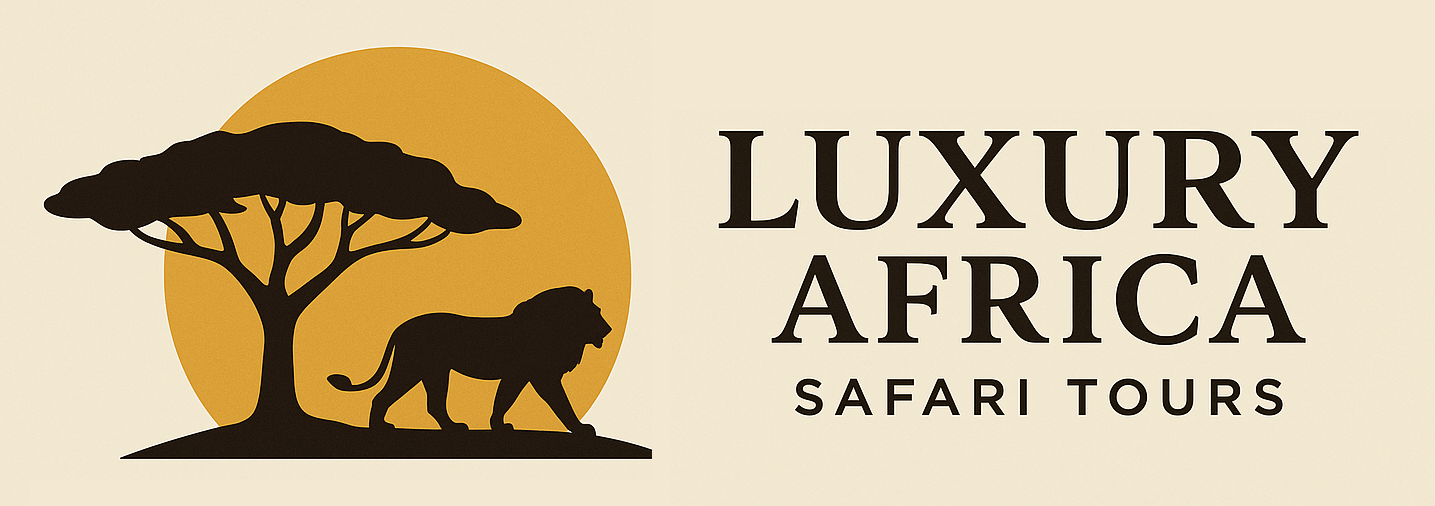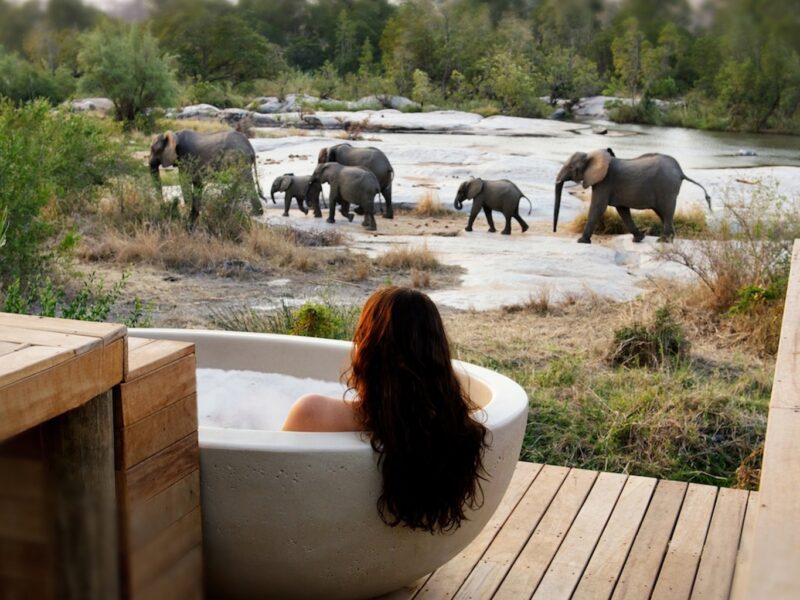The Serengeti Great Migration Part 1 – Calving Season
Part 1 of the Serengeti Great Migration is where it all begins—a season of life, vulnerability, and hope. It’s a time when the plains are alive not just with animals, but with meaning: a reminder that every great journey starts with birth, and that even in the wildest places, life pushes forward with astonishing grace.
The Serengeti Great Migration begins with one of its most breathtaking and emotional chapters: calving season. This phase typically occurs between late January and March, when the vast herds of wildebeest, accompanied by zebras and gazelles, congregate on the short grass plains of the southern Serengeti and the Ndutu region in northern Tanzania. It’s here that nature offers a rare moment of peace and abundance before the long and perilous journey north begins—a time when life emerges in staggering numbers, and the vast plains come alive with the sound of new beginnings.
The Birth of Thousands
At the heart of the calving season is a truly remarkable event: the birth of up to half a million wildebeest calves in just a few weeks. This synchronized birthing is an evolutionary strategy to overwhelm predators—while many calves fall prey, the sheer volume ensures that enough survive. Each day, thousands of newborns take their first steps on trembling legs, often learning to walk and run within minutes. It’s a powerful display of nature’s instinct and resilience, a moment that captures the raw purity of life in the wild.
A Haven for Wildlife
The short grass plains of the southern Serengeti provide nutrient-rich grazing, ideal for lactating mothers and fast-growing calves. The flat, open terrain offers excellent visibility, helping the herds spot predators early. Yet this is also a time of intense predator activity. Lions, cheetahs, hyenas, and jackals are ever-present, drawn to the vulnerable young. Game viewing during calving season is some of the best in Africa—not only for the sheer volume of animals but also for the dramatic scenes of hunts, chases, and tender moments between mothers and their young.
Photography and Landscape
With the plains awash in green, dotted with wildflowers, and backed by sweeping skies, calving season is a photographer’s dream. The light is soft, the landscape lush, and the subjects—especially the newborns—deeply emotive. Whether you’re capturing a cheetah stalking through the tall grass or a wildebeest calf taking its first steps beside its mother, every frame tells a powerful story of survival and renewal.
Ideal for Families and First-Time Safari Goers
This time of year offers excellent safari conditions, with mild weather, fewer tourists, and easily navigable roads. The Ndutu region, located within the Ngorongoro Conservation Area, allows off-road driving, giving you more intimate access to sightings. It’s also a more relaxed phase of the migration, with herds generally staying in one area rather than constantly moving. This makes it especially suitable for families, photographers, and first-time safari travelers seeking a less rushed, more immersive wildlife experience.




